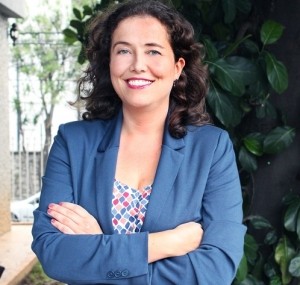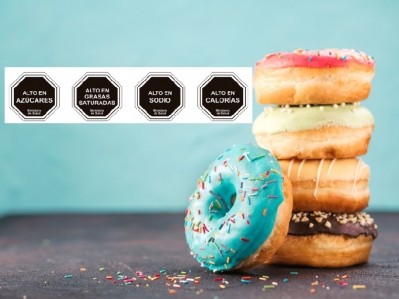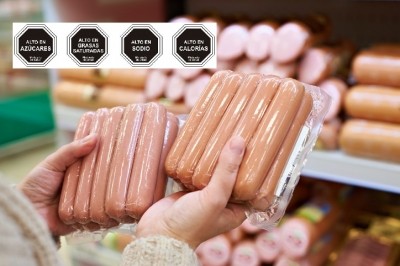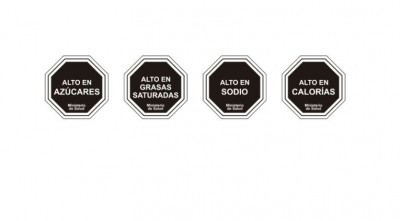Warning or traffic-light labels? Brazil debates best option for compulsory labeling policy
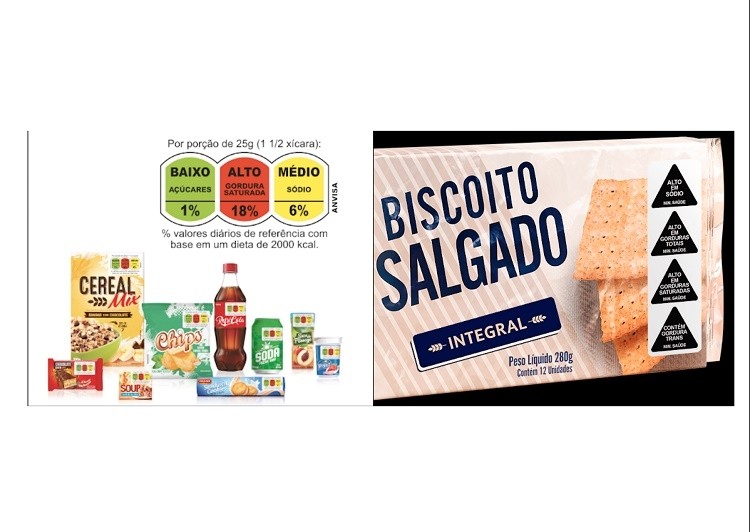
For the past year, the Brazilian Health Regulatory Agency (ANVISA) has been reviewing proposals for compulsory front-of-pack labeling on food and beverage products sold in the country. The agency has two main proposals under review: a traffic light labeling system similar to the UK model, which is widely supported by the food and beverage industry, and a warning label similar to the Chilean model, which is favored by the country's consumer protection organization and various health NGOs.
The proposed front-of-pack traffic light labels would call out percentages of sugar, total fat and sodium in the product, based on portion size, using red, orange or green to indicate high, medium or low levels. The warning label system would feature separate triangular black labels on products high in sugar, sodium, total fats, saturated fats or trans fats.
ANVISA will likely finalize its decision on the compulsory front-of-pack labeling by the end of this year, according to those involved in the discussions.
Industry is 'completely convinced' on traffic light labeling
Speaking to FoodNavigator-LATAM, Wilson Mello, president of ABIA Directors Council, said the whole objective of shifting to front-of-pack labeling was to offer more information to consumers.
“The main reason for the regulatory change is the current low label effectiveness and the difficulty of understanding the Nutrition Facts table, as it is,” Mello said.
The suggested traffic light front-of-pack labeling, based on portions, would contribute to consumer food education and encourage them to adopt healthier habits in the context of a balanced diet, he said.
“The food and beverage industry is completely convinced that the traffic light labeling is better for consumers than others to stimulate a balanced diet.”
The president of Brazil's Association for Soft Drinks and Non-Alcoholic Beverages (ABIR) previously described the traffic light system as the preferred choice because it was a “universal language”.
Mello said the alternative 'warning' sign model being evaluated, similar to the one implemented in Chile, would “alarm consumers” and “create the wrong idea that food in any quantity will be bad for their health”.
“The food and beverage industry consistently supports the labeling change, but reinforces that this should contribute to give consumers more information in order to have a healthier diet, not just incentivize prohibition.”
The warning label system 'is not alarmist'
However, Ana Paula Bortoletto, food program leader for the Brazilian Institute of Consumer Protection (IDEC), disagreed and said the triangular warning front of pack labels were intended to be symbolic and designed for quick recognition when shopping.
“Scientific evidence and theory on information design recommended this approach to separate the important information from the rest of the package elements, with an understandable and recognizable format,” Bortoletto said.
“The freedom to decide to buy or not to buy the product will be improved, as the consumers will receive enough information to make their own choices – this approach is not alarmist. The excess of data, numbers, or colors with different connotations, such as the traffic light labels, leads the consumers to confusion or misleading interpretations.”
She said the use of portion size in the traffic light labeling model could also mislead consumers as it varied according to product categories and could be adjusted. Similarly, she said the system could mislead consumers into choosing certain products that “should not be considered healthy”, such as diet sodas that would carry all green.
“We conducted an online crossover randomized controlled study to compare the Brazilian triangle and the traffic light labels. The conclusion was that the Brazilian triangle 'high in' labels captured attention, got more favorable opinions, improved understanding of the nutrition content of the product, reduced healthiness perception and purchase intention of the product,” Bortoletto said.
Asked whether nutrient percentages, which the warning model did not feature, were important, she said not for front-of-pack labeling. “The information of the exact amounts of nutrients is important for a more detailed analysis and can be presented on the back of the package in the nutrition panel. There is no need to add percentages, which are not quickly understandable by consumers, in the front panel.”
She said the principle behind the warning labels was to provide “direct and clear” information on the most relevant nutrients quickly, in light of the increased unhealthy dietary patterns closely related to the obesity epidemic and increase in other non-communicable chronic diseases.
IDEC also wanted all products containing sweeteners to carry warning labels. “Although the evidence are not conclusive regarding the harmful effects of sweeteners, there are evidence about the association between the consumption of sweeteners and the increased risk for chronic diseases associated to the high consumption of free sugars,” Bortoletto said. “In children, the exposure to sweeteners can result in increased preference for the sweet taste until adulthood. In this case, the precautionary principle should be adopted.”
Possible losses of R$100bn...
Mello said if the warning label model was adopted, there would be estimated industry losses of R$100bn, according to research conducted by consultancy firm GO Associados in July, this year.
Whilst any change would have an “economic impact”, he said the right front-of-pack labels would benefit consumers, providing more information that would contribute to healthier food habits and health in general.
He said label changes would take around four years to introduce and importantly, the food and beverage sector supported joint regulation in introducing new front-of-pack compulsory labeling across the entire Mercosur region.
“The regional harmonization of nutritional labeling standards brings important benefits to countries and populations in the region … Therefore, we advocate that ANVISA's guidelines on the subject should be discussed in Mercosur for having a joint regulation in the region.”

